Exploring Wood finishings: Wood Dyes
Hello Sawdust Girl Readers! It’s fellow SG Squad member, Timisha, from ToolBox Divas. Spring is almost here and I am starting to get that woodworking fever again. Can I be honest with you and tell you how hard it is to get things done when its 20 below outside. But that is quickly changing and I am pushing through. This month we are exploring wood finishing techniques. Wood finishing is actually an art or science depending on how you look at it. Either way, I have yet to begin to scratch the surface in terms of mastering wood finishing techniques. But the area that has intrigued me the most is coloring wood. For many of us, when we finish a project, we automatically go for some stain bought at our local big box store. However, there are so many options. Some of which, you can find right in your kitchen. So for this challenge, I decided to test out various types of dyes, some store bought and some I found in my kitchen to see how it reacts when applied to oak and pine.
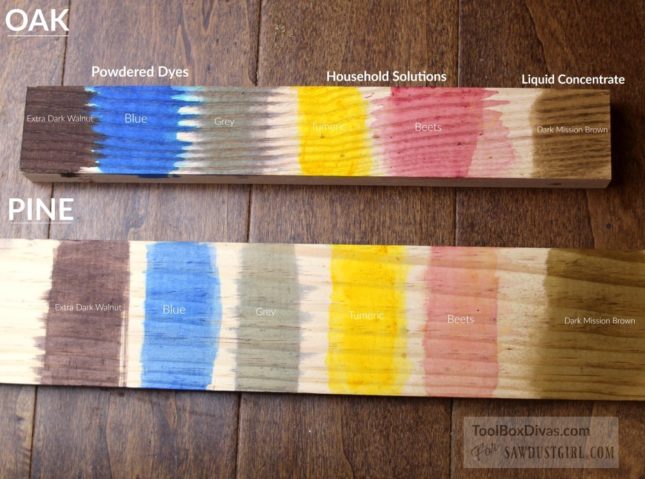
Different Techniques for Coloring Wood
So you’re probably wondering, what is the difference between stain and dye? Well largely, stain is ground up dirt. Stains are comprised of dirt or a pigment, water and some sort of binding solution like resin. Dyes are derived from more organic elements consisting of smaller particulates. It comes in a powder form or liquid concentrate. You can also use spices, tea, coffee, vegetables as a dye. It doesn’t require a binder and absorbs deeper into the wood
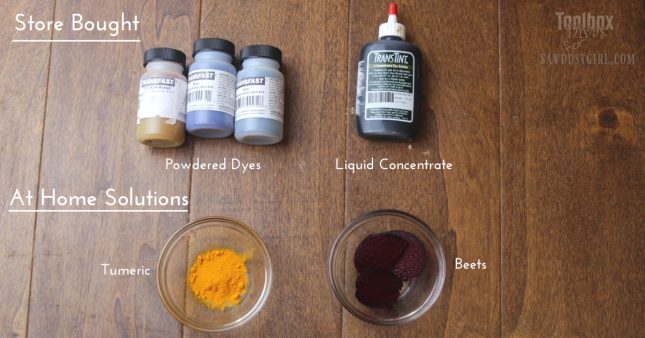
At Home Solutions
Believe it or not, you can make dyes for your projects using items found in your kitchen. I’d seen a few projects and videos where people have created a custom color using coffee or tea but I hadn’t seen anyone using anything else. So I decided to try my hand at using some other elements. The first things to come to mind were turmeric and beets. 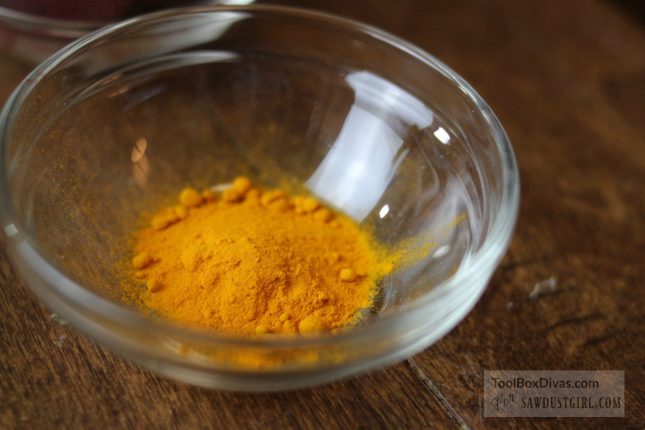
I cook a lot with turmeric (total side note: its good for inflammation) and I’m always juicing in the morning (beets are a great antioxidant). Well, I noticed that the turmeric and beets always stained my hands when I’d use it. Beets leave a really deep red tone and like turmeric, it stains very easily and it’s hard to get out. So I thought I’d test it out and see how it works.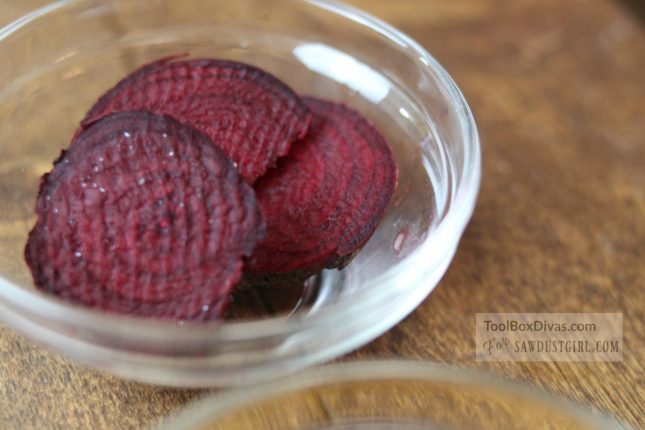
Store Bought Solutions
Most wood dyes that you find in a store come in a powdered form and liquid concentrates. Surprisingly, it’s really hard to find wood dyes in local big box stores. I had to go to a specialty wood store like Woodcraft. But you can also order wood dyes online from the vendor or Amazon. When I stepped into the dye/stain section of Woodcraft, I have to tell you, I had never seen so many colors. Oh My Gosh, the sky is the limit. Using a color wheel you can pretty much custom make anything you can think of. I literally stood there a good 30 minutes trying to decide what I was going to try first. Luckily, the price kept me from overdoing it.
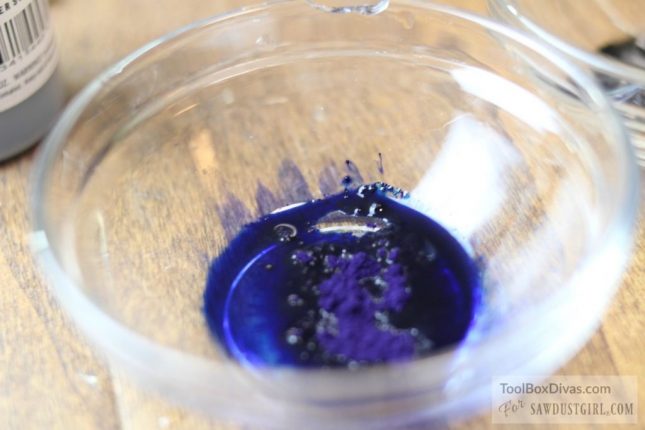
Dye powders and liquid concentrates are not cheap. The powders cost less. On the bright side, you do not need a lot.
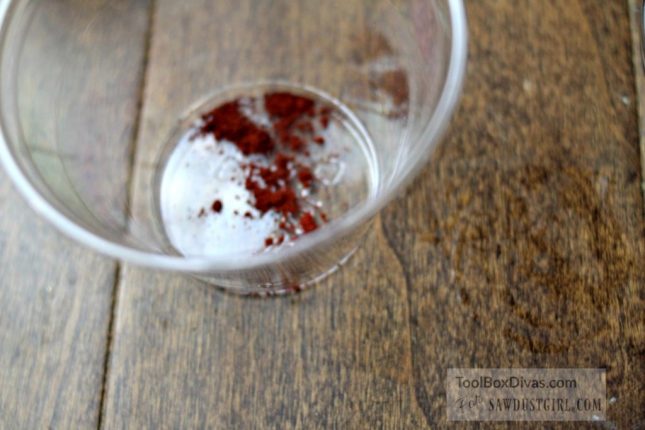
And the dyes, even once mix last a long time because they do not have the settling that occurs with stain products. For my wood dye test, the store bought dyes I am using are three powdered dyes from Transfast (Grey, Blue, and Extra Dark Walnut) and 1 liquid concentrate by Transtint in Dark Mission Brown.
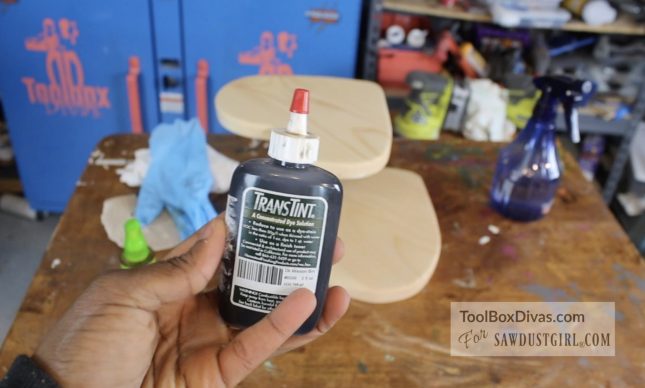
Dye Preparation
At Home Solutions:
- For Turmeric, all you do is add water. The level of water determines the intensity.
- With the beets, you have two options. You can cut it up and apply the raw beet directly to the surface of the wood.
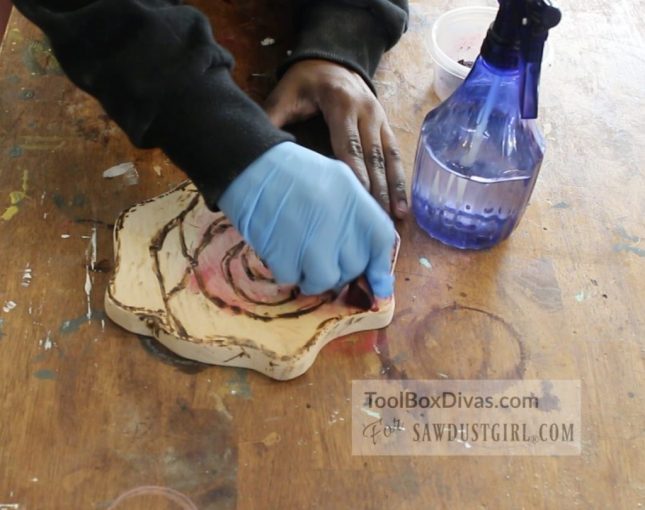 I found this to be time-consuming and required a lot more applications. The second way of preparing the beets is to juice it. When juiced the color is richer.
I found this to be time-consuming and required a lot more applications. The second way of preparing the beets is to juice it. When juiced the color is richer.
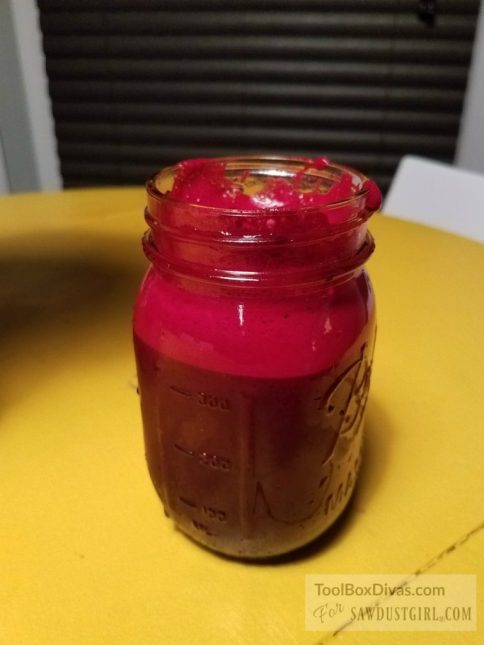
Store Bought Dyes:
- Powdered Dyes: It’s simple, just add water. A little goes a long way. So mix to the desired color intensity and store in a well-labeled glass or plastic jar.
- Liquid Concentrate: This can be mixed in one of two ways. 1 oz dye to 1 qt of water or you can substitute water for alcohol. I actually mixed the dye with half water and half alcohol.
Application
Before applying any sort of dye I recommend lifting the grain of the wood first.
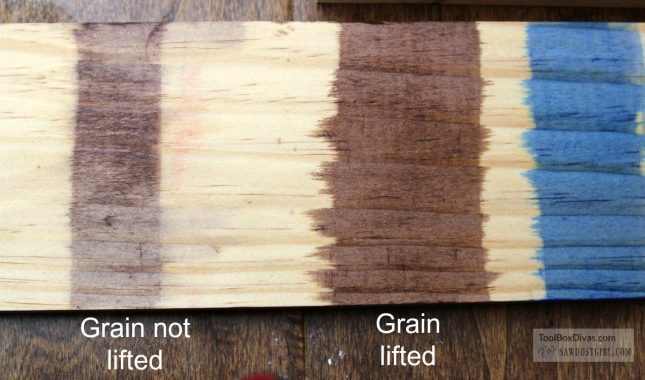 Before I started the test I actually forgot to spray the wood with a little water and you can see in the photo the color didn’t absorb well.
Before I started the test I actually forgot to spray the wood with a little water and you can see in the photo the color didn’t absorb well. 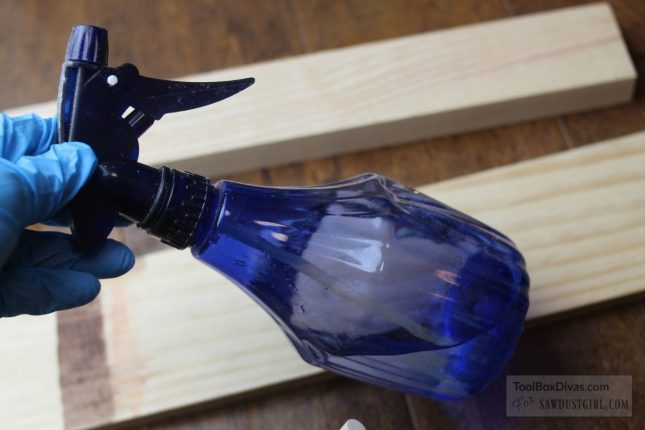 So I took a spray bottle and spritz the wood with a little water and wiped away the excess.
So I took a spray bottle and spritz the wood with a little water and wiped away the excess. 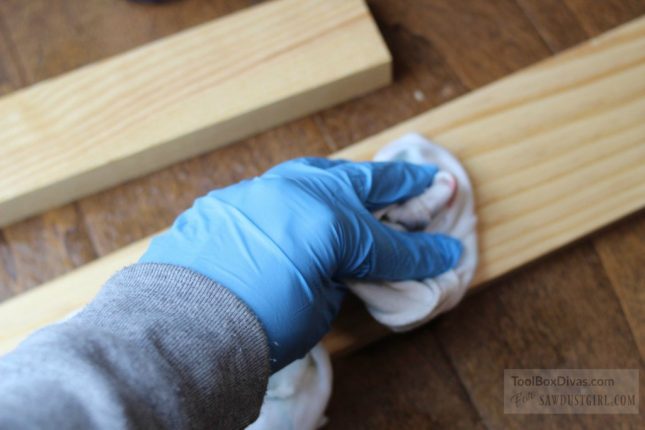
The liquid concentrate and powdered dyes can be applied using a spray bottle. I don’t recommend a travel spray bottle like I used in this picture though LOL. I wanted to see how the color would go on using a spray bottle. But for the test project I couldn’t find a larger spray bottle at the time so I opted for what I had on hand.
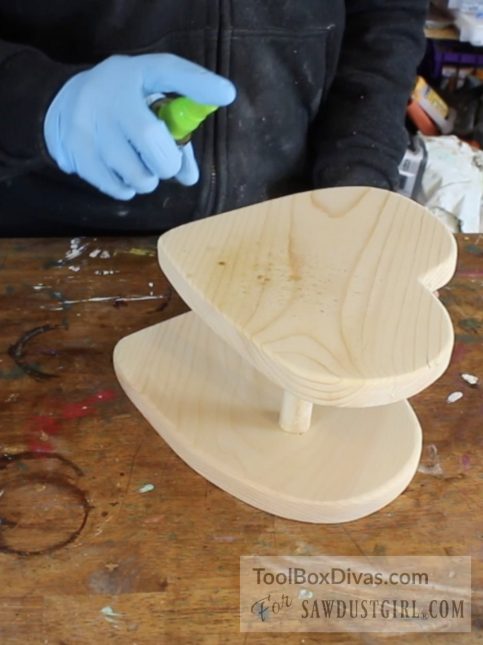
The dyes can be applied with a sponge brush of cloth.
The Result
Here are the results. I applied to coats of each dye to both the pine and oak samples using a sponge brush for all except for the application of the beets. The colors came out so vibrant and you can totally see the grain through the stain. The stain also applied evenly without any additional wood conditioners.  I rubbed the dry beet onto the wood versus juicing it and applying it with a sponge like the other in this test. I found the color wasn’t as dark or rich. It was still nice, but not a deep red tone. I wanted to show you what the color looks like when you apply the beet juice directly to the wood. The color is richer and way more vibrant. I later made a cake stand using beet juice as the dye for the top. As you can see the color is a lot brighter and it only required 1 application.
I rubbed the dry beet onto the wood versus juicing it and applying it with a sponge like the other in this test. I found the color wasn’t as dark or rich. It was still nice, but not a deep red tone. I wanted to show you what the color looks like when you apply the beet juice directly to the wood. The color is richer and way more vibrant. I later made a cake stand using beet juice as the dye for the top. As you can see the color is a lot brighter and it only required 1 application.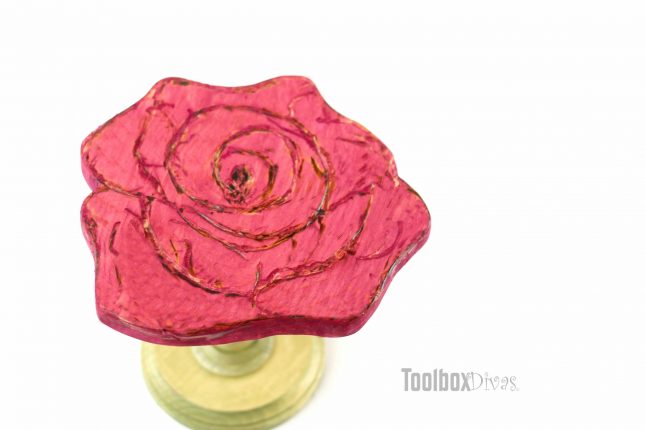
I really liked working with dyes. I will definitely consider wood dyes for future projects. The larger selection of colors to select from is a huge selling factor. But here are some takeaways that I got from doing this test.
Advantages of Dyes
- There is a huge selection of colors available.
- The color absorbs deeper into the wood.
- You can custom make the perfect color.
- A little goes a long way.
- The particulates don’t settle to the bottom of the container once mixed so it lasts a long time.
- The dye is translucent so you can see the grain of the wood.
Disadvantages of Using Dyes
- It costs a little more
- It fades in the sun over time
Check out how I utilized both liquid concentrate and beets in these appetizing projects.


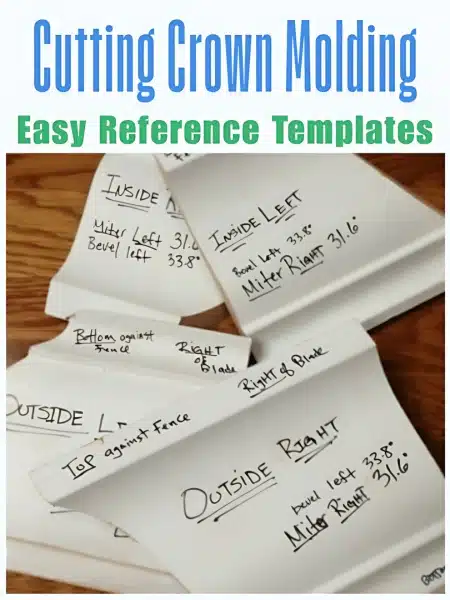

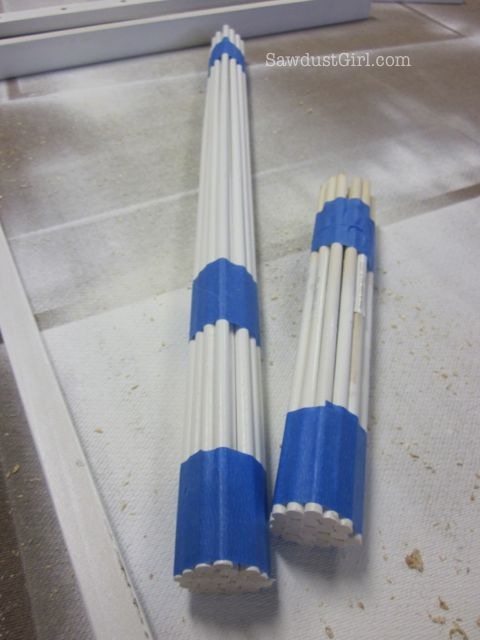
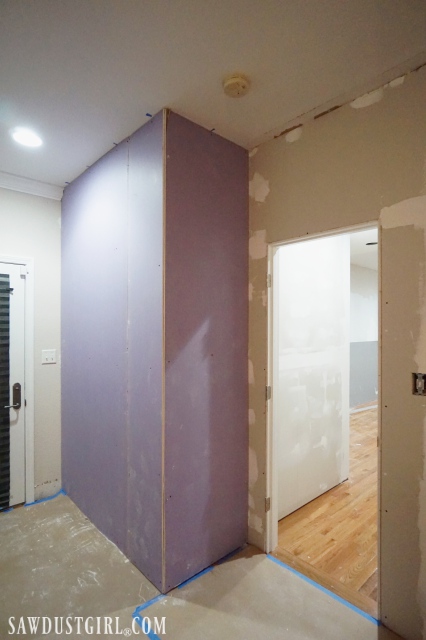
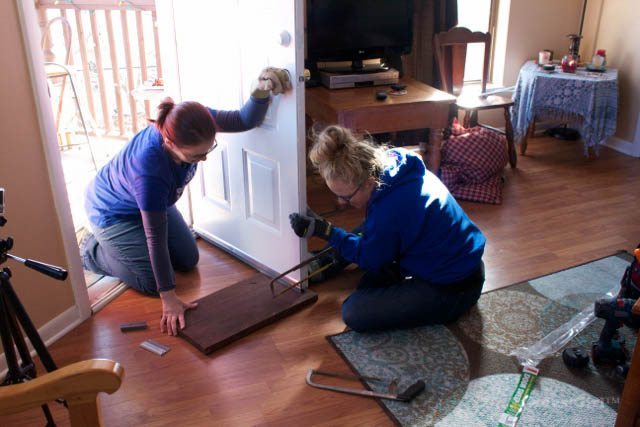
I was getting aggravated trying to find a wood dye in a certain shade of yellow, and having no luck. Turmeric! Of all things. That will do, I suspect, perfectly. Thanks!
Hi Timisha,
I don’t think I ever would have considered Turmeric as a colorant for wood had you not shown how well it worked for you. I see some experimenting in my future! I think I now need a trip to Woodworkers Source to look at their dye selection.
Timisha,
Did you notice if the natural stain of the beets changed over time? Did it darken or turn brown after a year or so? You mentioned that it would change in the sun but what about from storage? Love your post! Wood working is something I want to get into.
Maureen